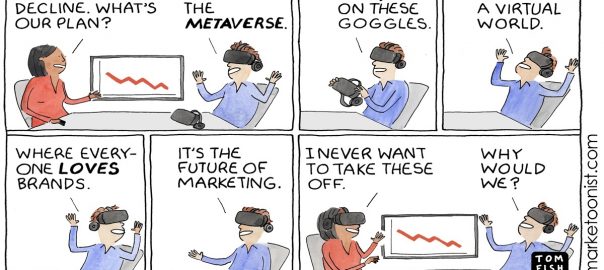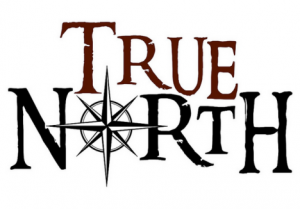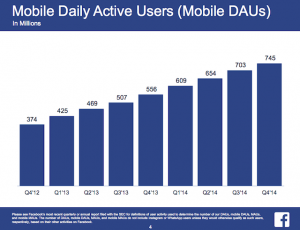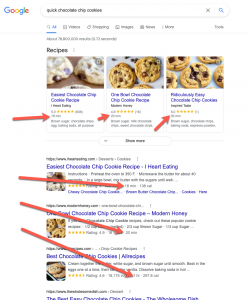Plus, customize your ABM campaigns.
MarTech’s daily brief features daily insights, news, tips, and essential bits of wisdom for today’s digital marketer. If you would like to read this before the rest of the internet does, sign up here to get it delivered to your inbox daily.
Good morning, Marketers, there are still many hours of MarTech talks I haven’t seen yet from our recent conference (free registration here).
But isn’t it great that it’s there? I always try to step back and appreciate how radically different digital transformation makes everything. I’ve been to a lot of conferences. In the marketing space, in spring and fall, I could be hitting multiple live events per week. And I’d be lucky to park it and watch a single compelling slide show start to finish by a speaker or brand I admire.
Instead I’d be hopping around, as conference attendees are known to do. There’s some serious buzz internally about one particular presentation I still have yet to see, and I’m excited to be covering it in the coming days. Such is the state of the journalism profession in the age of virtual events. In the virtual afterlife of conferences, there’s no fear of missing out.
Chris Wood,
Editor
Mistakes to avoid in evaluating vendors
In his latest contribution, Tony Byrne of the Real Story Group explores five common pitfalls associated with evaluating vendors and selecting new marketing technology solutions. “Buying marketing technology can be stressful,” he writes. “The impact of your choice will reverberate across your enterprise, and switching costs can become prohibitive. Yet, it can seem hard to know in advance whether you’re picking the right solution. There’s a bad news/good news story here. After more than two decades of advising technology buyers at Real Story Group, we’ve seen many enterprises fall victim to critical pitfalls, but on the other hand, those tend to be predictable — and therefore preventable.”
The mistakes to avoid are putting together a one-dimensional buying team (just IT or just marketing, for example); over-reliance on features lists; failure properly to test candidate solutions; focusing too much on the tech rather than the vendor; and turning to a vendor who already supplies tools in your stack. In this article, ways to avoid those pitfalls are explored, including some advice which at first might seem counter-intuitive.
“In a world of expanding marketing technology, I hope you can achieve some measure of simplicity in your stack. But you should not pursue vendor or platform consolidation for its own sake. Of course your incumbent vendor will suggest otherwise, and claim that the solution you already bought could fill your gaps (possibly true), or that a different product they sell is going be better integrated (usually untrue).”
Custom ABM campaigns
“Try to think of ABM from the perspective of all the marketing elements that you are using,” said Pam Didner, founder of agency Relentless Pursuit, in her presentation at our most recent MarTech conference. “Think in terms of what you can do to translate and transform these elements to be account-specific kinds of support.”
With better collaboration, and an open mind about what ABM entails, marketers can make a better impact with their B2B strategies. This way, ABM won’t seem like a separate strategy, but can incorporate important pieces of the marketer’s toolkit like email, targeted ads and other messaging.
“It’s really important that marketers leverage your existing marketing elements creatively to help sales close deals with key accounts,” Didner said.
Using these marketing tools creatively in coordination with sales is the beginning and end of the definition of ABM, according to Didner. However, ABM comes in different forms according to the roles that marketers have and the channels they use.
“If you are in event marketing, you can do account-specific events,” she explained. “If you want to create campaigns, you can think about some creative ideas for your salespeople to engage with key accounts.”
Building trust with data
Privacy and consent are more important than ever in digital marketing since the advent of GDPR and CCPA, leading marketers at today’s biggest brands to change how they interact with customers.
“You’ll see Apple is using this as a brand value differentiator there. And it’s not just Apple, it’s Google, it’s Facebook, everybody is working towards initiatives around privacy controls and other use cases within the browsers,” said Arshdeep Sood, Marketing Solutions Engineer at OneTrust PreferenceChoice, in her MarTech presentation. “The idea here is that you want to have an advantage and interest in interaction with the end-users.”
She added, “I would say about two decades ago, the biggest differentiator you could provide for your services would be a price differentiator or quality differentiator. Slowly, everybody became really competitive in that space as well, and then the question was, ‘How can we provide you with a better experience?’”
Today, trust and transparency are important factors in determining a brand’s online success. But how do marketers build trust?
Once privacy legislation entered the picture, major brands made changes to their infrastructures to accommodate consumer desires for personalized experiences from brands they could trust.
That meant increasing their levels of transparency regarding data collection. Letting people know what data you are using and for what purpose encourages them to share more. And giving them choices over what data they provide ensures the relationship between brands and customers stays intact.
Metaverse or bust: Marketoon of the Week
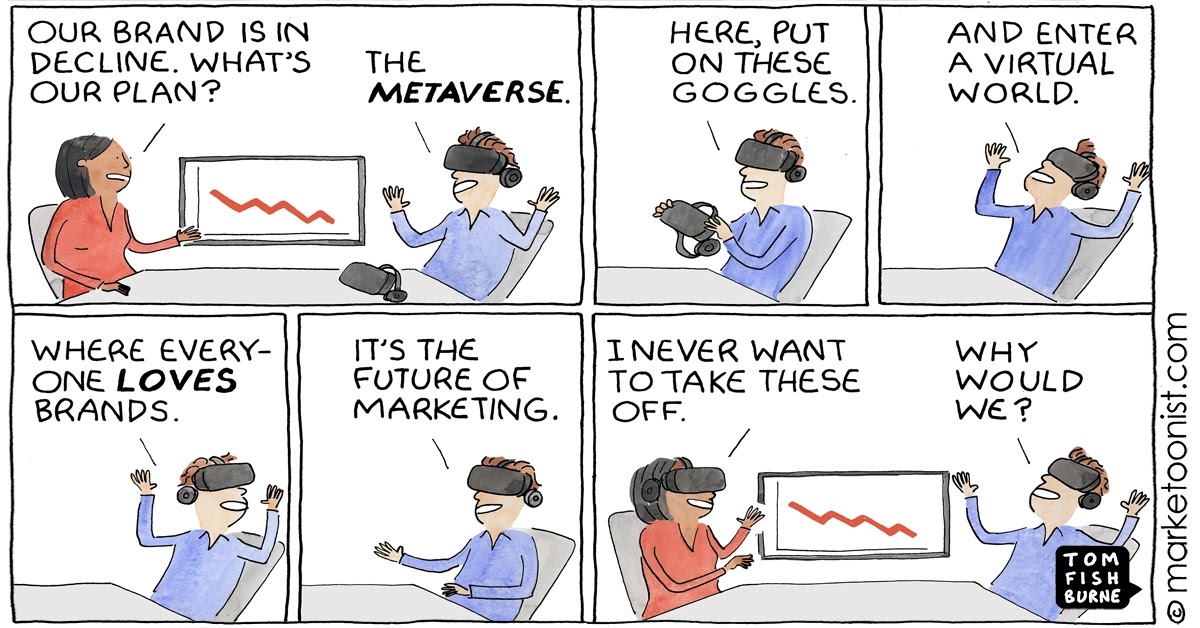
Fishburne’s take: Mark Zuckerberg recently framed Facebook’s future strategy as helping “bring the metaverse to life.”…Early branded virtual experiences with branded virtual collectibles like Van’s World or Gucci Garden generated a lot of interest. But marketers often go into new experiences with brand myopia, over-inflating how much people actually want to engage with their brands.
Why we care: Brands should experiment with new platforms when a sufficient number of their customers are there. But wasn’t 2020 the year when VR should have caught on more? The early buzz on the metaverse does sound like it’s an environment created by marketers for marketers. Or perhaps worse, created by Mark Zuckerberg as another walled garden. NYU’s Scott Galloway: “I don’t think people are scared of the metaverse, they’re scared of the Zuckerverse.”
The post Mistakes that should be sidestepped: Wednesday’s daily brief appeared first on MarTech.
(51)
Report Post